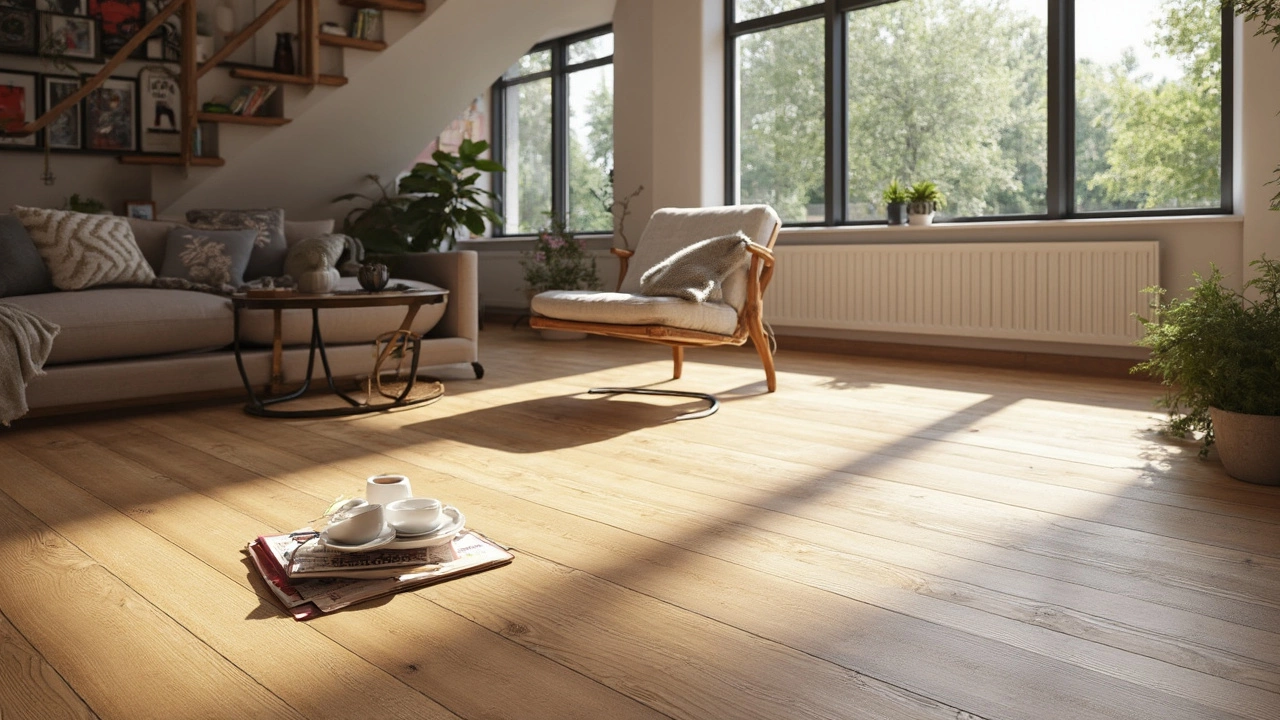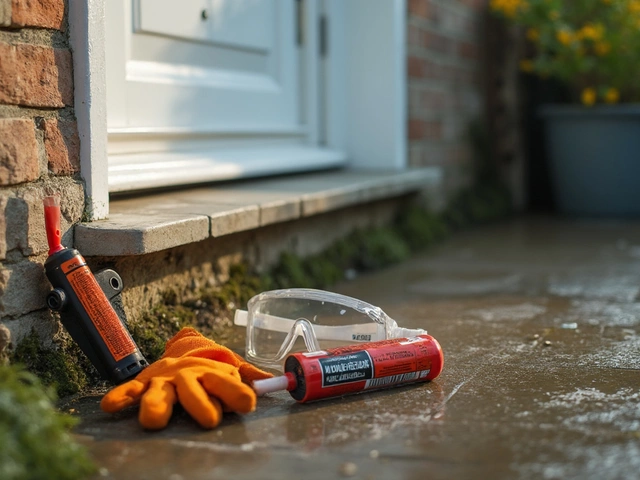Flooring Guide for New Builds – Choices, Costs & Care
Picking a floor for a new house feels like a big decision, but it doesn’t have to be stressful. The right floor should look good, stand up to wear, and fit your budget. Below you’ll find straight‑forward advice on the most popular flooring types, how to match them with your project, and where limestone from local quarries can add value.
Choosing the Right Flooring Material
First, think about the room’s purpose. For high‑traffic areas like kitchens and entryways, durability matters most. Porcelain tiles, engineered wood, and luxury vinyl plank (LVP) are all tough choices that hide scratches well. If you love a natural feel, consider limestone flooring. Limestone from Lime Hillock Quarries offers a smooth, cool surface that’s perfect for living rooms and bathrooms when sealed properly.
Second, check the moisture level. Basements and bathrooms need water‑resistant options. Vinyl, tile, and sealed stone handle dampness without swelling. Engineered wood can work too, as long as the subfloor is dry and level.
Third, match the style to your home’s design. Warm wood tones add coziness to open‑plan spaces, while large‑format tiles create a sleek, modern look. If you want a mix of old‑world charm and modern durability, a limestone floor with a honed finish gives you that natural texture without the cold feel of polished stone.
Budget‑Friendly Flooring Tips
Cost is always on the mind. Vinyl plank is the cheapest way to get a wood look, and installation is simple enough for DIYers. Tile costs vary by size and glaze; larger tiles usually cost less per square foot because you need fewer cuts. Limestone sits in the mid‑range – it’s pricier than vinyl but cheaper than high‑end marble, and the long‑term durability can save money on repairs.
Don’t forget the subfloor. A level, clean subfloor reduces material waste and speeds up installation, which keeps labor costs down. If you’re working with a new build, ask your contractor to lay a smooth concrete slab or plywood deck before ordering flooring.
Finally, shop smart. Look for bulk discounts, especially if you’re buying enough for an entire house. Many suppliers, including Lime Hillock, offer delivery to the site, which cuts down on transport fees. Compare quotes, but also check what’s included – some quotes add underlayment, sealant, or removal of old flooring, while others don’t.With these pointers, you can choose a floor that fits your style, survives daily life, and stays within budget. Whether you go with sleek tile, warm engineered wood, or a sturdy limestone surface, the right floor sets the tone for the whole home.
Do You Get Flooring in a New Build? Here's What to Know

Ever wonder if new builds come with flooring as part of the package, or is it something you'll need to handle yourself? This article breaks down what to expect regarding flooring options in new constructions, helping you navigate through choices and prepare for potential extra costs. Discover the materials, styles, and tips for adding that final touch to your new home.
read more



